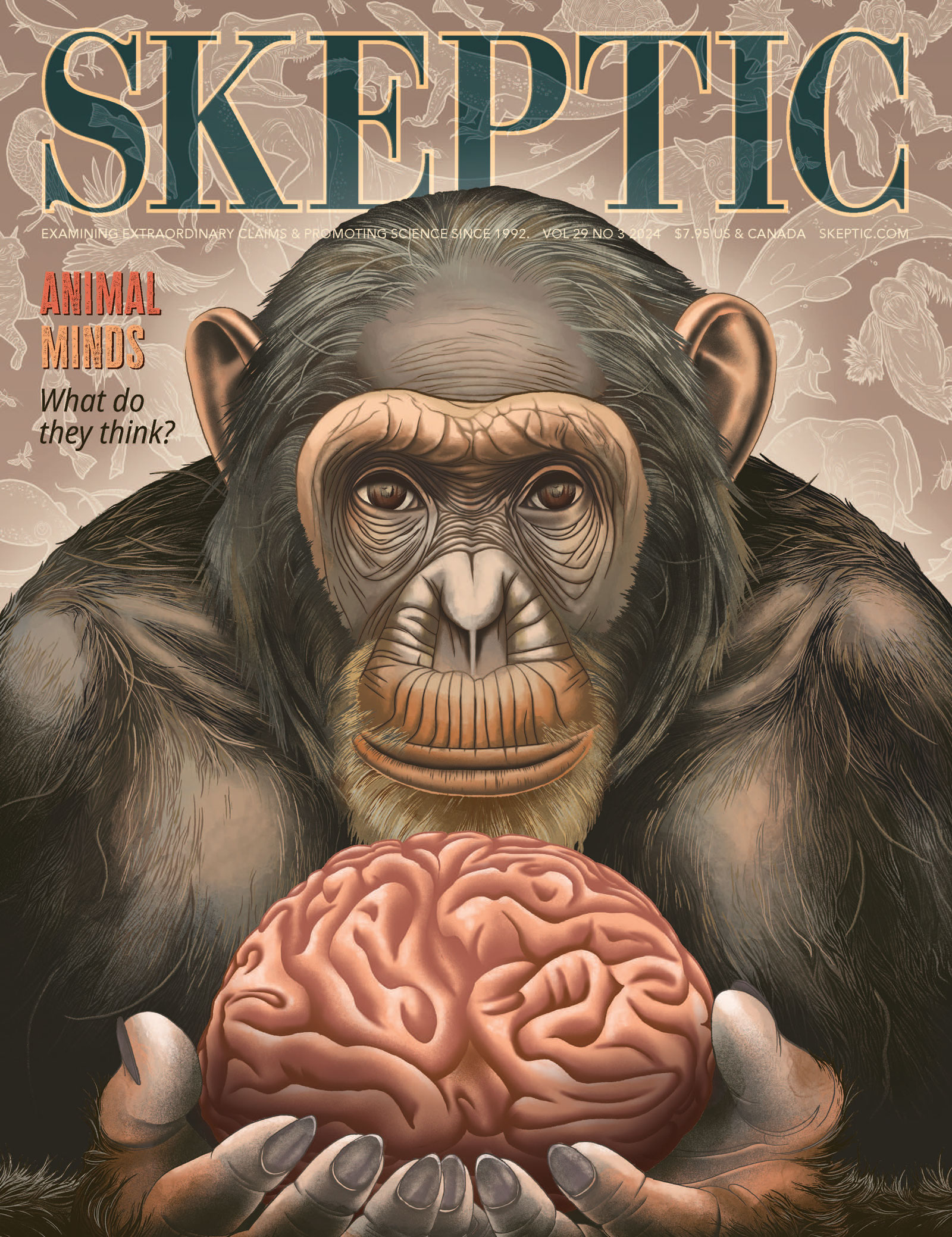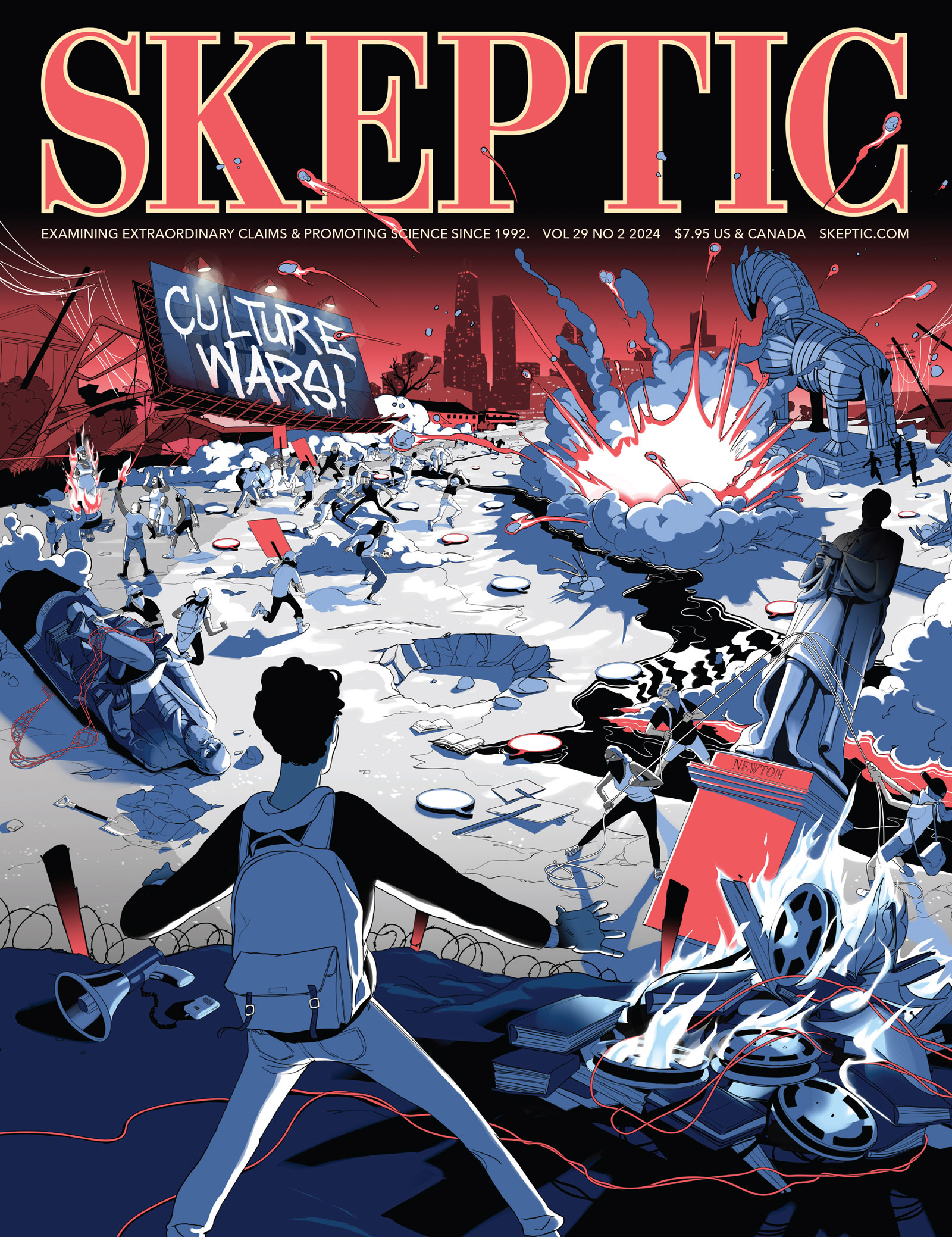An exquisitely camouflaged lizard has a desiccated landscape of sand and stones “painted” on its back. Its skin can be read as a description of an ancient desert, a world in which its ancestors survived. Such descriptions are more than skin deep, however. They penetrate the very warp and woof of the entire animal.
In this groundbreaking exploration of the power of Darwinian evolution and what it can reveal about the past, Richard Dawkins shows how the body, behavior, and genes of every living creature can be read as a book—an archive of the worlds of its ancestors. In the future, a zoologist presented with a hitherto unknown animal will be able to decode its ancestral history, to read its unique “book of the dead.” Such readings are already uncovering the remarkable ways animals overcome obstacles, adapt to their environments, and, again and again, develop remarkably similar ways of solving life’s problems.
From the author of The Selfish Gene comes a revolutionary, richly illustrated book that unlocks the door to a past more vivid, nuanced, and fascinating than anything we have seen.
Richard Dawkins was the inaugural Charles Simonyi Professor for the Public Understanding of Science at Oxford University. His numerous books include the best-selling The Selfish Gene, The God Delusion, and The Blind Watchmaker. He also wrote The Magic of Reality, The Ancestor’s Tale, Unweaving the Rainbow, Climbing Mount Improbable, and The Extended Phenotype. He lives in Oxford, UK. His new book is The Genetic Book of the Dead: A Darwinian Reverie, which is beautifully illustrated on nearly every page by Jana Lenzová. Jana Lenzová is a translator and illustrator and is acclaimed for her work on Dawkins’s book Flights of Fancy, about the evolution of flight. She lives in Oxford, UK.
Shermer and Dawkins discuss:
- History as a science: archaeology, paleontology, evolutionary biology, geology, cosmology, human history, genetic book of the dead
- Genetic Book of the Dead or Phenotypic Book of the Dead?
- Is this a bookend with The Selfish Gene?
- Horned lizard of the Mojave desert
- QR codes, genetic codes, computer codes…information as a proxy for past environments
- Sir D’Arcy Thompson: ‘Everything is the way it is because it got that way.’ Dawkins: “The genome of every individual is a sample of the gene pool of the species. The gene pool got to be the way it is over many generations, partly through random drift, but more pertinently through a process of non-random sculpture. The sculptor is natural selection, carving and whittling the gene pool until it – and the bodies that are its outward and visible manifestation – are the way they are.”
- The species as averaging computer: The genetic book of the dead is a written description of the world of no particular ancestral individual more than another. It is a description of the environments that sculpted the whole gene pool.
- Our human palimpsest has ‘quadruped’ boldly written in a firm hand, then over-written all too superficially with the tracery of a new description – biped.
- Intermediate stages of evolution revealed by palimpsests: “Galápagos marine iguanas are proficient swimmers, but they can manage a surprising turn of speed on land too, when fleeing snakes. All these animals show us what the intermediates might have been like, on the way to becoming dedicated mariners like whales, dugongs, plesiosaurs, and ichthyosaurs.”
- Double doubling back: land and sea tortoises
- Apply this to fossil species of tortoises to determine where they lived, to “read” the ancestral environment
- “Constraints on perfection” older scripts of the palimpsest restrain newer scripts (legacy of history): “buried deep in embryology and deep in history” = “buried deep under layers of younger scripts in the palimpsest”
- Vertebrate retina installed back to front
- Wasteful detour of the laryngeal nerve
- Blind spot in the retina
- Panda’s thumb
- Vertebrate skeleton: spinal column, skull and tail at the two ends, column of serially segmented vertebrae, four limbs consisting of a single long bone (humerus or femur), two parallel bones (radius/ulna), cluster of smaller bones (digits), usually 5
- Pseudogenes/junk genes: the genetic palimpsest (computer disc analogy)
- Reverse engineering
- Adaptationism
- Good enough vs. optimal (satisficing), QWERTY
- Transitional fossils
- Constraints on Perfection
- Common problems, common solutions: evolutionary convergence
- Matt Ridley’s How Innovation Works and implications for how evolution works
- What it’s like to be a bat
- False colors in astronomical photographs and fMRI brain scans
- The Middle World of our evolutionary past and constraints on cognition.
If you enjoy the podcast, please show your support by making a $5 or $10 monthly donation.
This episode was released on August 6, 2024.










